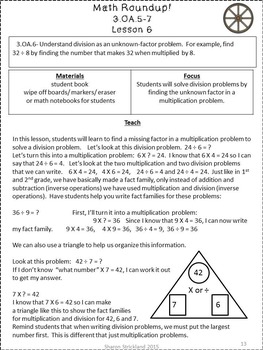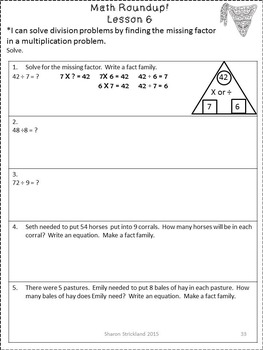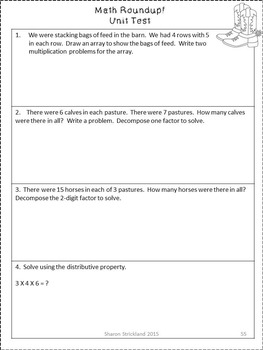Third Grade Common Core Math 3.OA.5,6 and 7- Multiplication/Division Strategies
- PDF
- Easel Activity
Description
This is a 12 day unit to teach 3rd Grade Common Core Math Standards 3.OA.5, 6 and 7-Different strategies for Multiplication. Students will write multiplication sentences for arrays using the commutative property, decompose a one and two digit factor to solve a multiplication problem (distributive property), solve multiplication problems with 3 one-digit factors using the associative property, solve division problems by finding the unknown factor in a multiplication problem, write fact families for a division or multiplication problem, learn doubles multiplication facts, learn the double, double strategy, the double, double, double strategy, 10's multiplication facts, the half of 10 (5's) strategy and finally, skip counting on a number line and solving 9's by 10 groups less one group strategy. This unit has everything you need to teach these standards. This unit includes:
Lesson Plans
A Student Classwork Book
Student Homework
2 Quizzes and 1 Unit Test
Just copy and teach! It's that simple! For more complete math units, visit my Teachers Pay Teachers Store.






